Bleach Rebirth of Souls does a fantastic job of prioritizing a fun experience over hyper-competitive gameplay. You have a massive roster of recognizable characters, each with a unique suite of moves, animations, and mechanics that distinguish themselves from the rest of the cast. A good one-hour practice with your desired character should allow you to get comfortable enough to dive into matches and hold your own like a seasoned fighter.
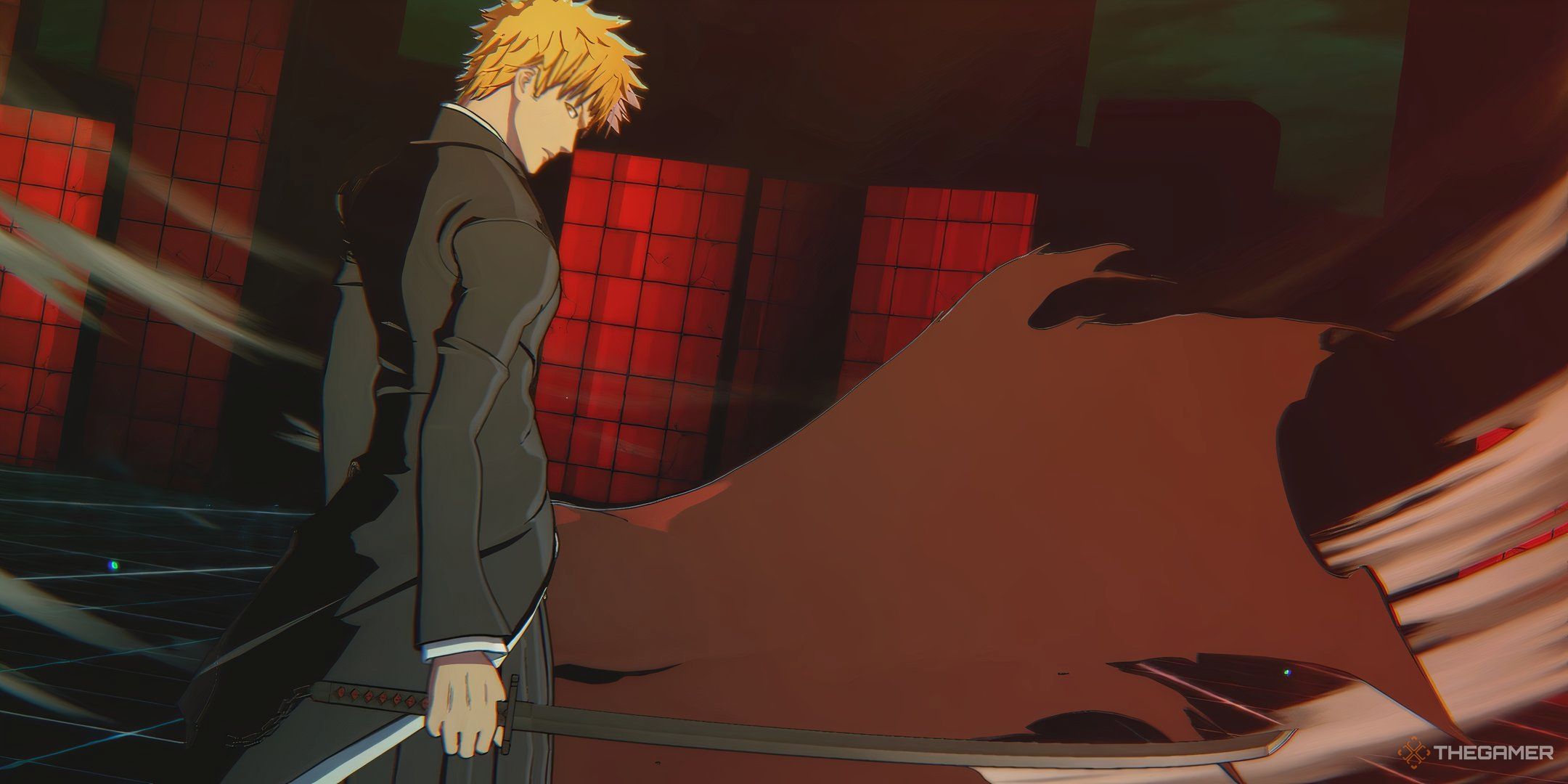
Related
Bleach Rebirth of Souls: Ichigo Kurosaki Character Guide
Learn the ins and outs of Bleach’s protagonist!
That said, while the game does have a dedicated tutorial section, it doesn’t go beyond the in-game jargon and surface-level utilities. In a title as stylized and in-depth as this, you’re going to need more intel if you want to win, which is why a few tips can go a long way.
Spacing Is Everything
The term “footsies” in fighting games means how carefully you move closer and away from the opponent, leaving just enough space for them to whiff their attacks while giving you leeway to close in. This mechanic is everything in this game, since your Quick Attacks, the main combo starter, have an incredibly restrictive range and demand you to be precise.
On the other hand, your dashes are swift and nimble, ideal for closing gaps or dodging critical strikes. Your goal should be to use those dashes as often as you can, mastering their timings and the exact distance they cover. Whiffing and punishing are a major component in landing successful combos, so once you understand them, your chip damage is going to be lethal.
Breakers Are Surprisingly Overpowered
Quick Attacks, Flash Attacks, Spiritual Pressure Moves (aside from a few), and even Counters regularly fall short against one simple ability: blocking. Many players will patiently wait for the opponent to make a risky move, block it, and punish them in response to dish out a good chunk of damage.
This strategy isn’t anything new in fighting games, but Rebirth of Souls lets you tackle it by doing a Breaker, a dash-like move that ignores the opponent’s block and opens them up to a beatdown.
Of course, you can counter a Breaker by hitting the opponent and knocking them out of the animation, but, at close range, these Breakers are astoundingly quick, and your opponent can’t react to them in time. As such, when you’re in a tricky neutral situation, attempting this move can give you an unsuspecting opening.
You can hold the Breaker button (R1/RB) to extend the dash and cover more ground.
Respond To Projectiles With Hohô
Doing a Hohô (LT/L2 + A/X) the moment an opponent’s attack touches you is a universal counterattack available to every character in the game. Fortunately, while it does have low active frames, landing it successfully on some attacks, especially projectiles, is ridiculously easy and leads to a full combo.
Most projectiles, like Uryu’s Heavy Shot and even Kisuke’s Heavy Byakurai, have high start-up frames, meaning they’re easy to anticipate. So, instead of blocking them and lowering your Guard Gauge, you can use them as an opportunity to perform a Hohô — not only does this teleport you to the enemy, but it also lets you do a Quick Attack that transitions into a solid combo.
Once your Guard Gauge is fully depleted, you can no longer block attacks until the gauge regenerates!
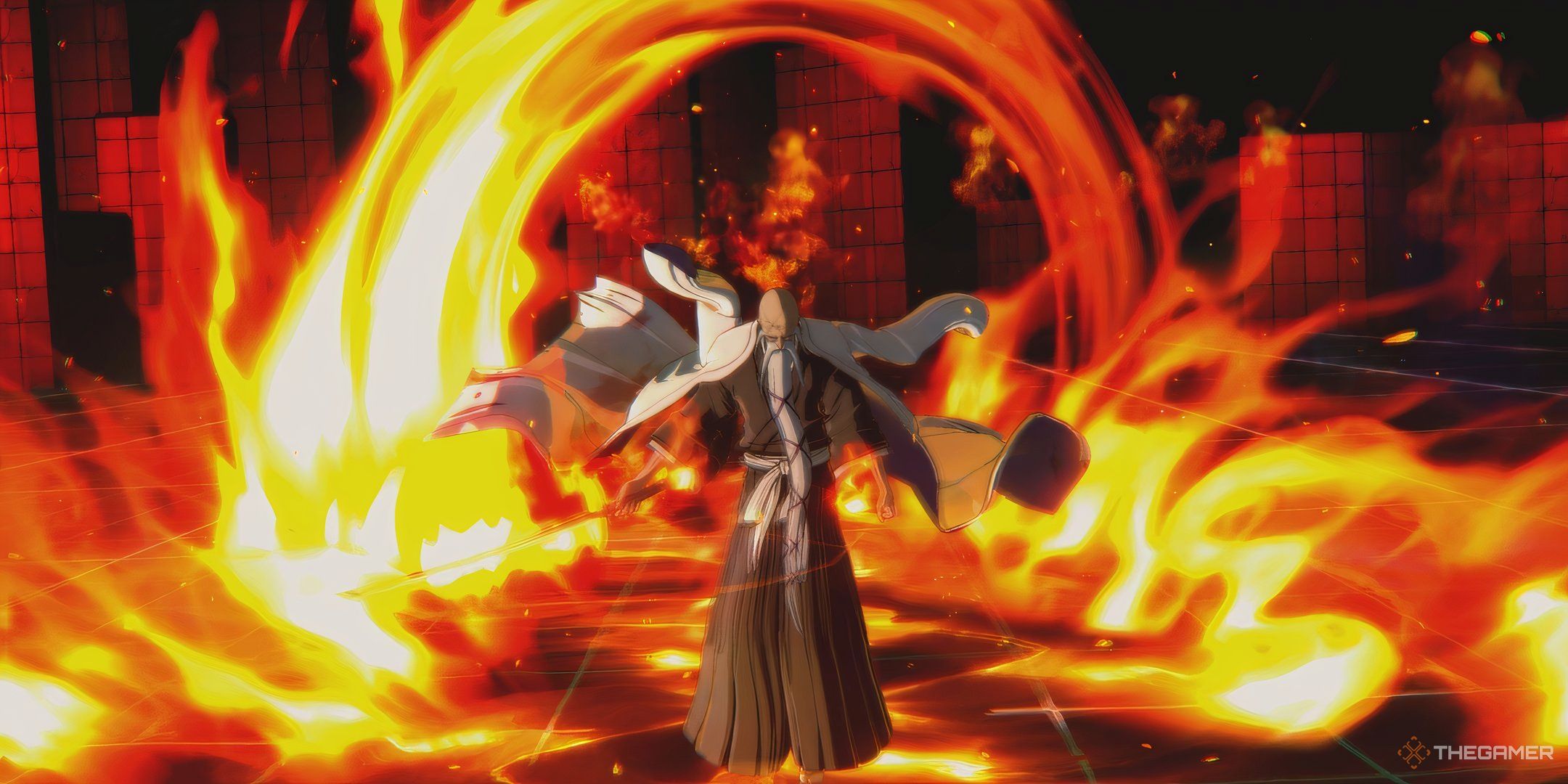
Related
Bleach Rebirth Of Souls: How To Unlock Secret Stories
Experience a brand new take on your favorite Bleach character!
Activate Awakening And Spirit Drive Expeditiously
When you first fill your Fighting Gauge (located underneath the Reishi Gauge) by dealing or taking damage, you can perform Awakening to gain a number of boosts. These include more powerful “Awakened” Kikon Moves, new Spiritual Pressure Moves, higher damage output from basic attacks, and potentially new abilities that essentially take your character to the next level.
Beyond that, filling the Fighting Gauge while Awakened lets you automatically enter Sublimation/Kikon Channel, allowing you to access the second Awakened Kikon Move you see on the Character Select screen. Your kit remains relatively the same, but the new Kikon Move takes out an additional Konpaku, typically four with its normal variation and five with Soul Break.
Finally, charging your Kikon Channel takes you to Spirit Drive, enhancing your attacks and even your movement speed. It goes without saying that you should activate these states the moment they become available so you can enjoy the enhancements.
Ulquiorra, Ichigo (Bankai), Aizen, and Uryu have Reawakening states instead of the standard Spirit Drive. This state has to be manually activated, and may have special conditions before doing so.
Use Three Kikon Moves At Most
Using Kikon Moves to shatter your opponent’s Konpaku is a core mechanic in Rebirth of Souls. You can activate a Kikon Move at 30 percent Reishi Gauge or deplete it completely for a Soul Break and wipe out an extra Konpaku. With the majority of characters having nine Konpaku and a regular Kikon Move removing two, your ideal path to victory is to land three well-timed Kikon Moves.
Awakening and Kikon Channel can each add an extra Konpaku elimination to your Kikon Move, meaning that — on paper — you can wipe the entire set with three standard Kikon Moves across all states. However, you typically don’t get enough time to trigger your Kikon Channel mid-fight, so the optimal Konpaku-eliminating route is doing two consecutive regular Kikon Moves followed by one with Soul Break.
The orange and yellow bars atop your opponent’s Reishi Gauge show how many Konpaku you’ll destroy in your current state with and without Soul Break, respectively. This can give you an idea of whether you should use a Kikon Move early or go all the way to avoid the opponent getting one more HP bar.
Use The Right Soul Reverse
If you want a temporary boost to make a comeback, you can spend two Reverse Gauge bars to activate Soul Reverse. Aside from a few characters, you can trigger one of three types depending on your current action: yellow during an attack or combo, blue when blocking or being attacked, or white during neutral.
The yellow Soul Reverse is great for extending combos and building Spiritual Power to squeeze out some extra damage. On the other hand, the blue variation cancels out the opponent’s combo and recovers your Guard Gauge, making it ideal for when you’re close to Guard Break or getting hit with a decisive Kikon Move.
However, the most versatile and arguably the strongest variation in Soul Reverse is white, which increases your Spiritual Power buildup, recovers Reishi, and improves dashes. Unless you’re in a specific situation, it’s always better to use the white Soul Reverse since it offers the best of both worlds.
A safe way to activate a white Soul Reverse is to trigger it a few moments after you finish a combo.
The Character Control Guide Is Your Closest Friend
Almost every character in the game has unique traits and features that aren’t discussed anywhere in the in-game tutorial. These are labeled as an “Exclusive Ability” and can be in the form of an extra Gauge or special move, and their mechanics are so niche that you can’t figure them out without a proper read in the Character Control Guide.
When you’re in the mood to pick up a new character, hop into a Training match, open the Settings menu, and select the Character Control Guide. Here, you’ll find detailed descriptions of all the attacks and passive abilities in Normal, Awakened, and Reawakened states. Generally, these breakdowns offer valuable insight into what a specific character can do, and how you can use certain abilities you may have missed otherwise.
Training hosts other important features, like frame data and exact damage figures, to help you learn the character thoroughly.
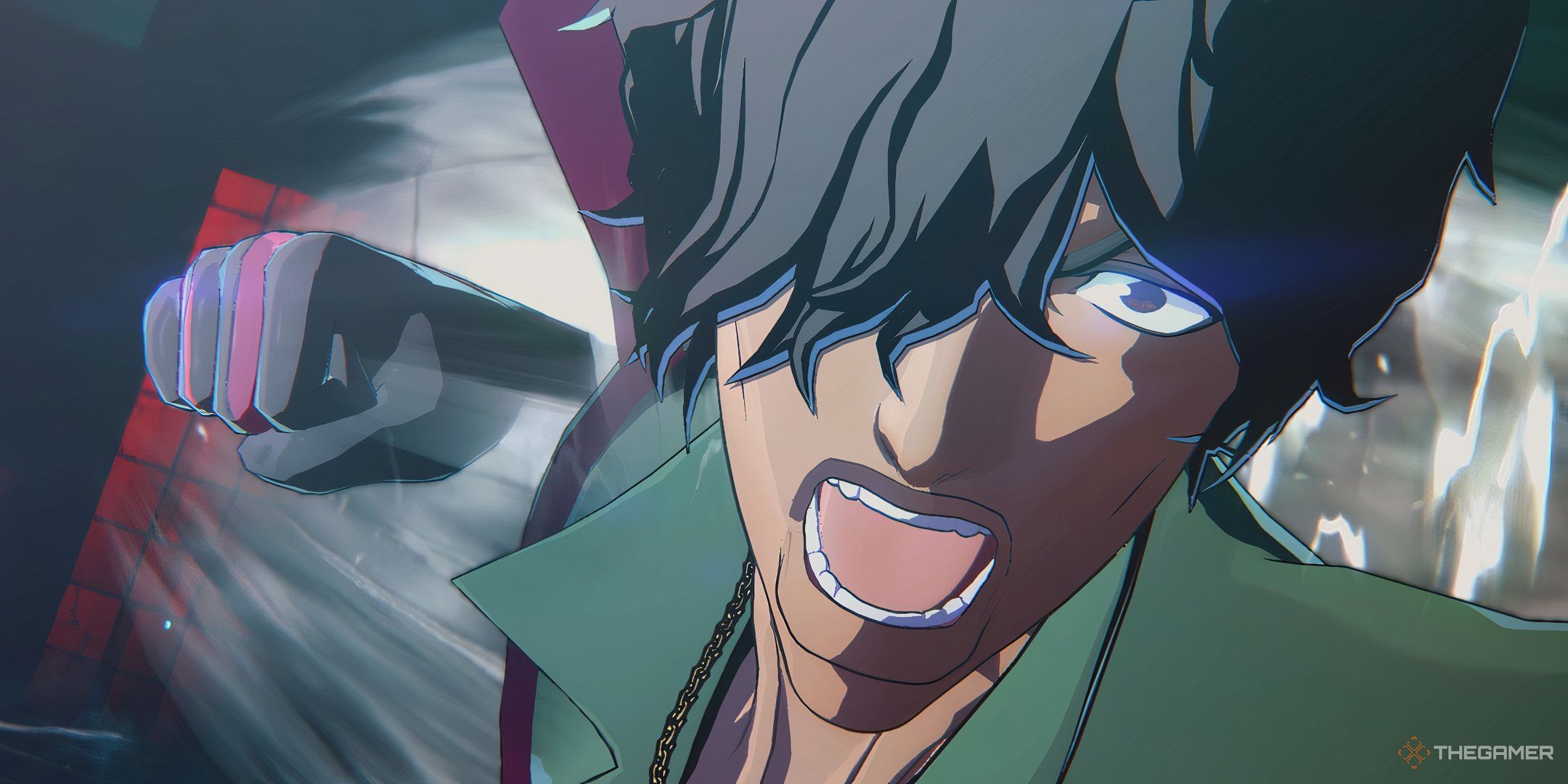
Next
Bleach Rebirth Of Souls: Yasutora Sado Character Guide
Master the strongest fists in town!


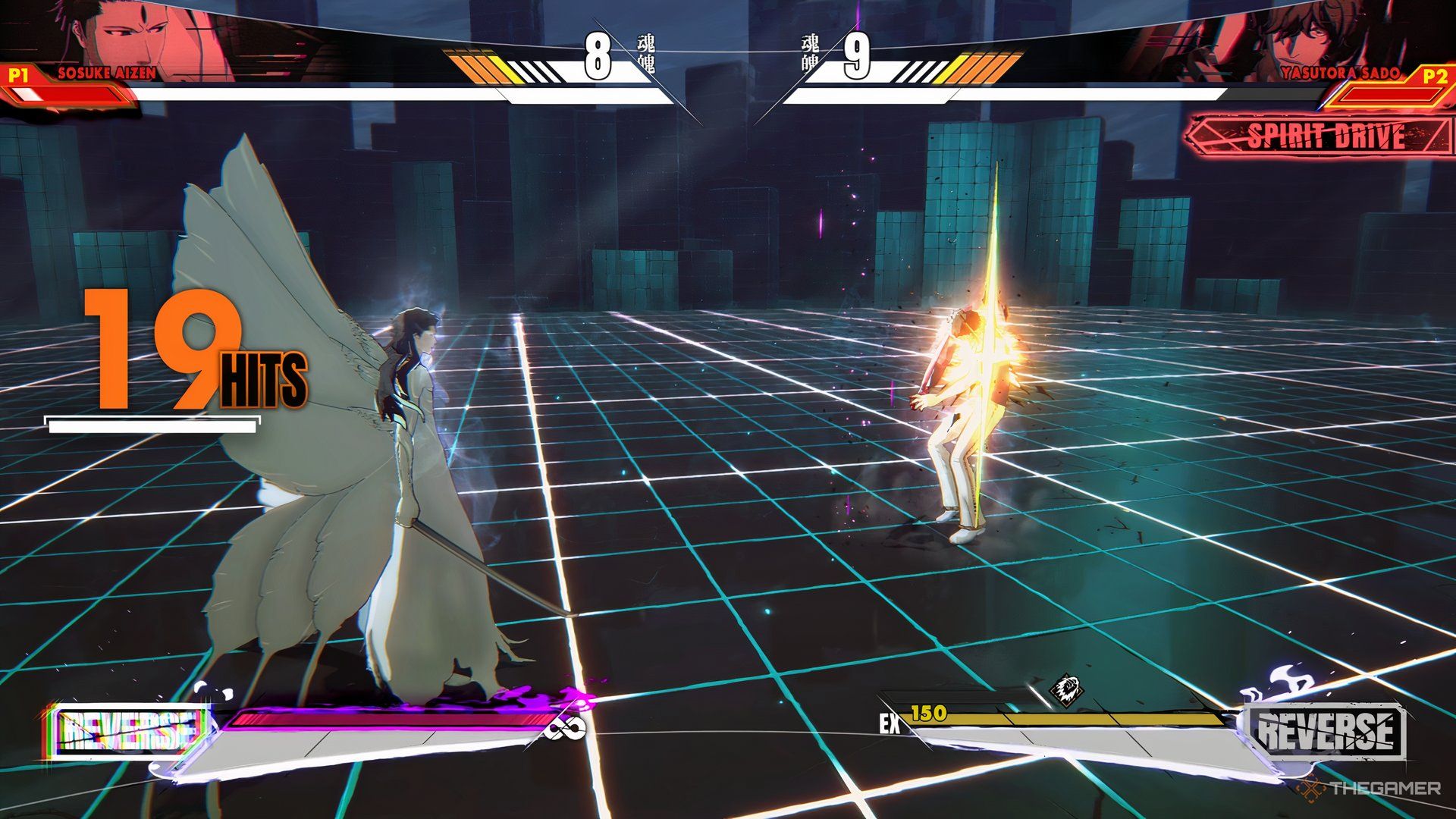
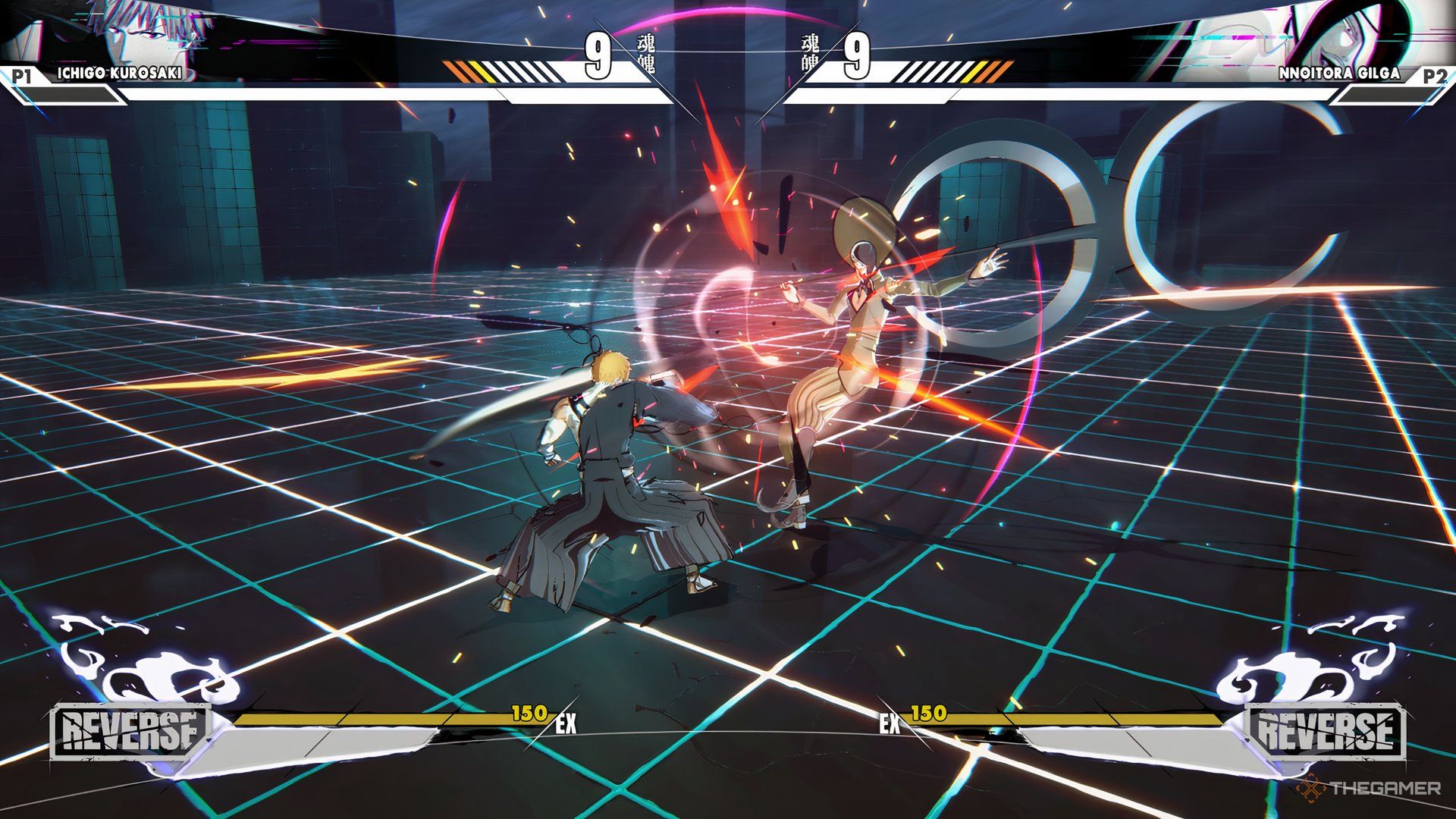
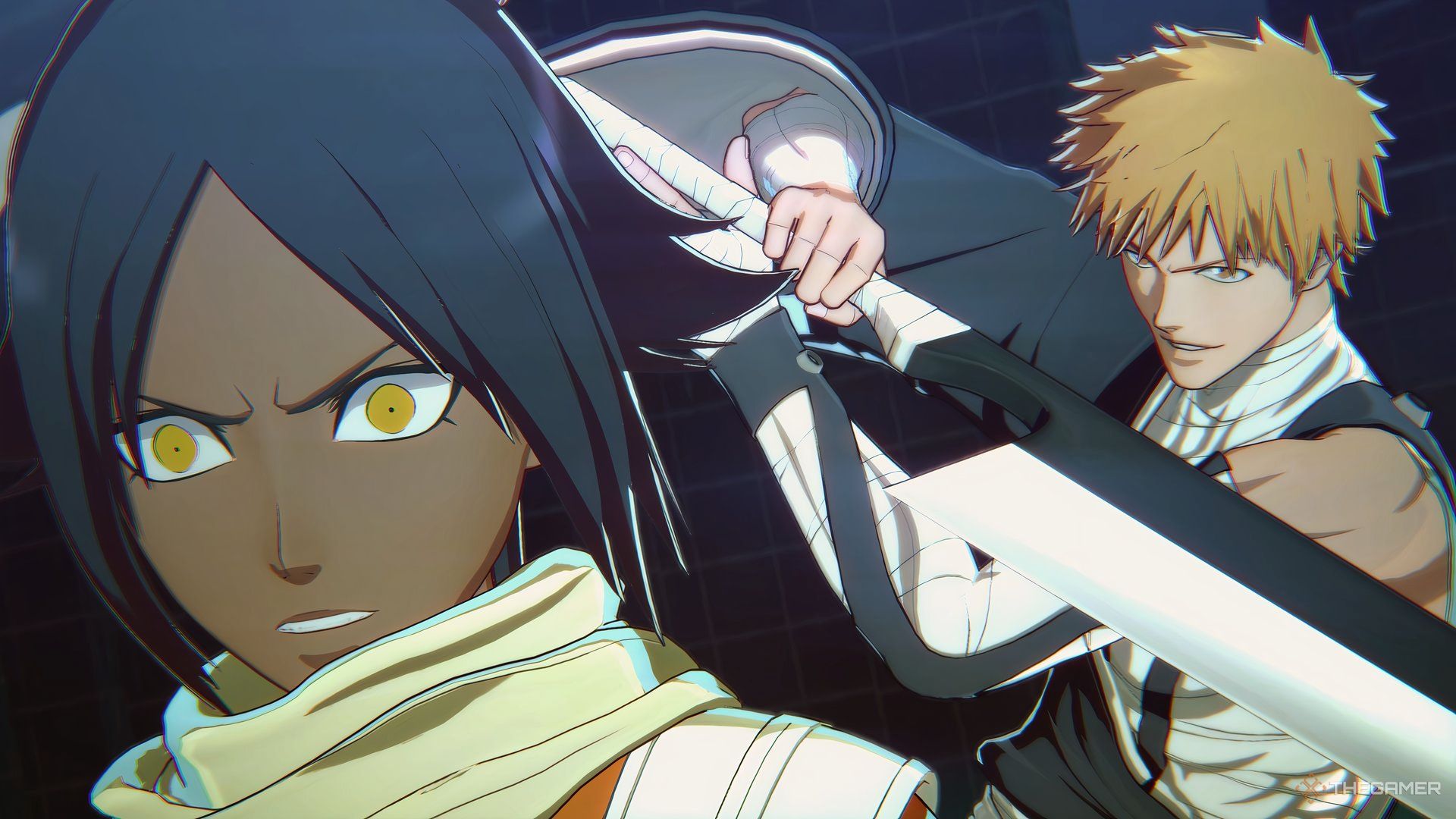
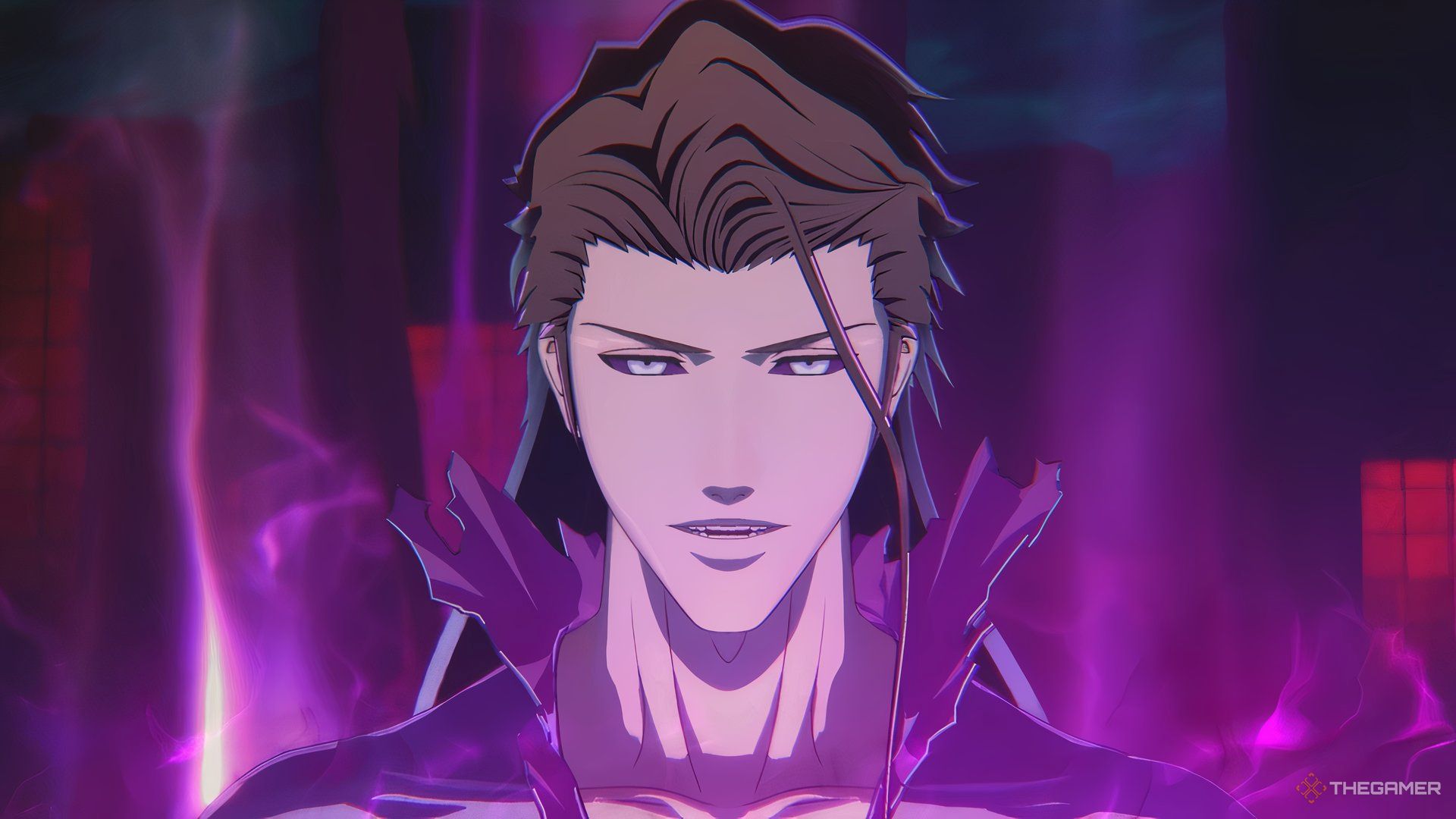
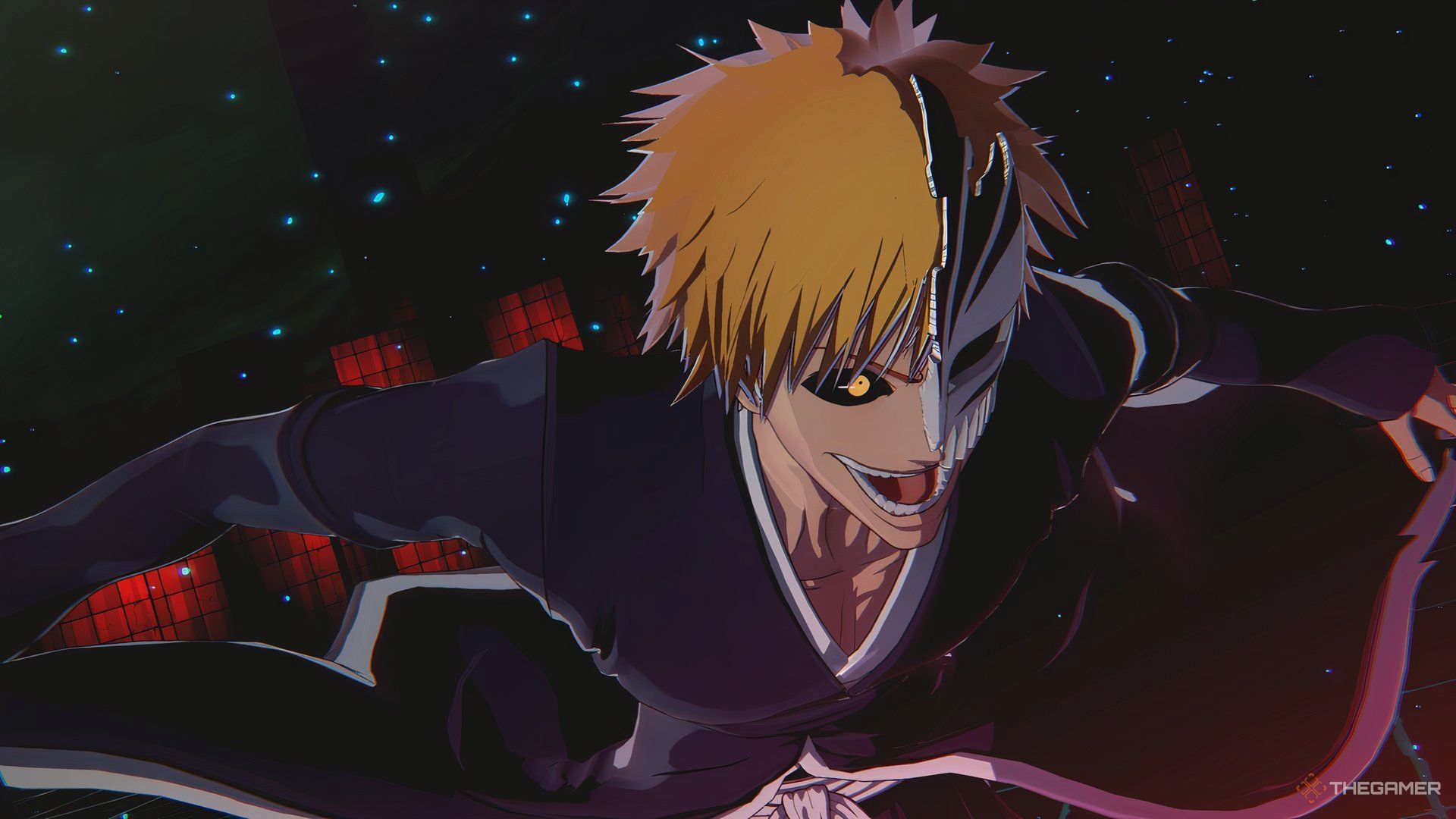
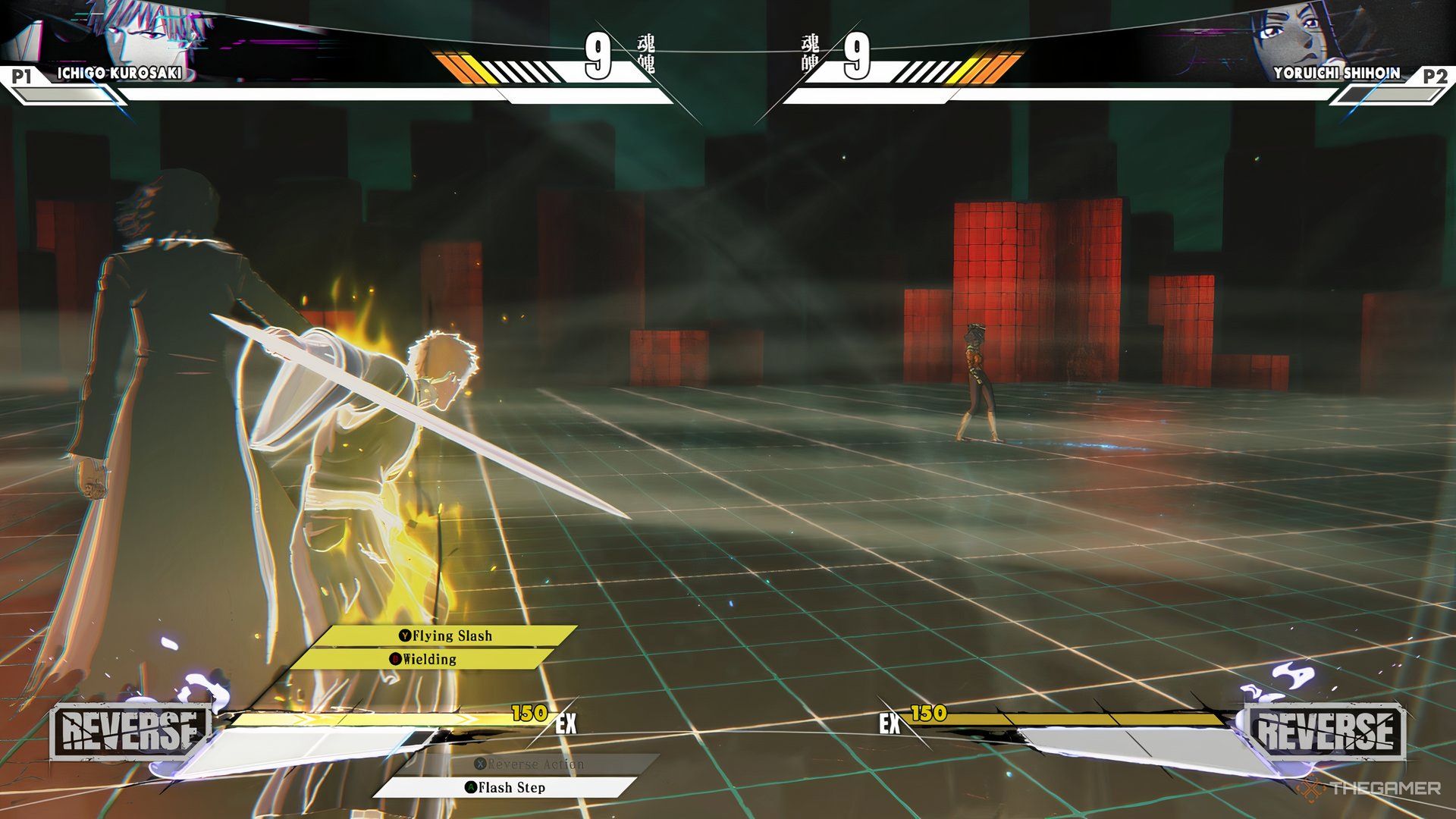
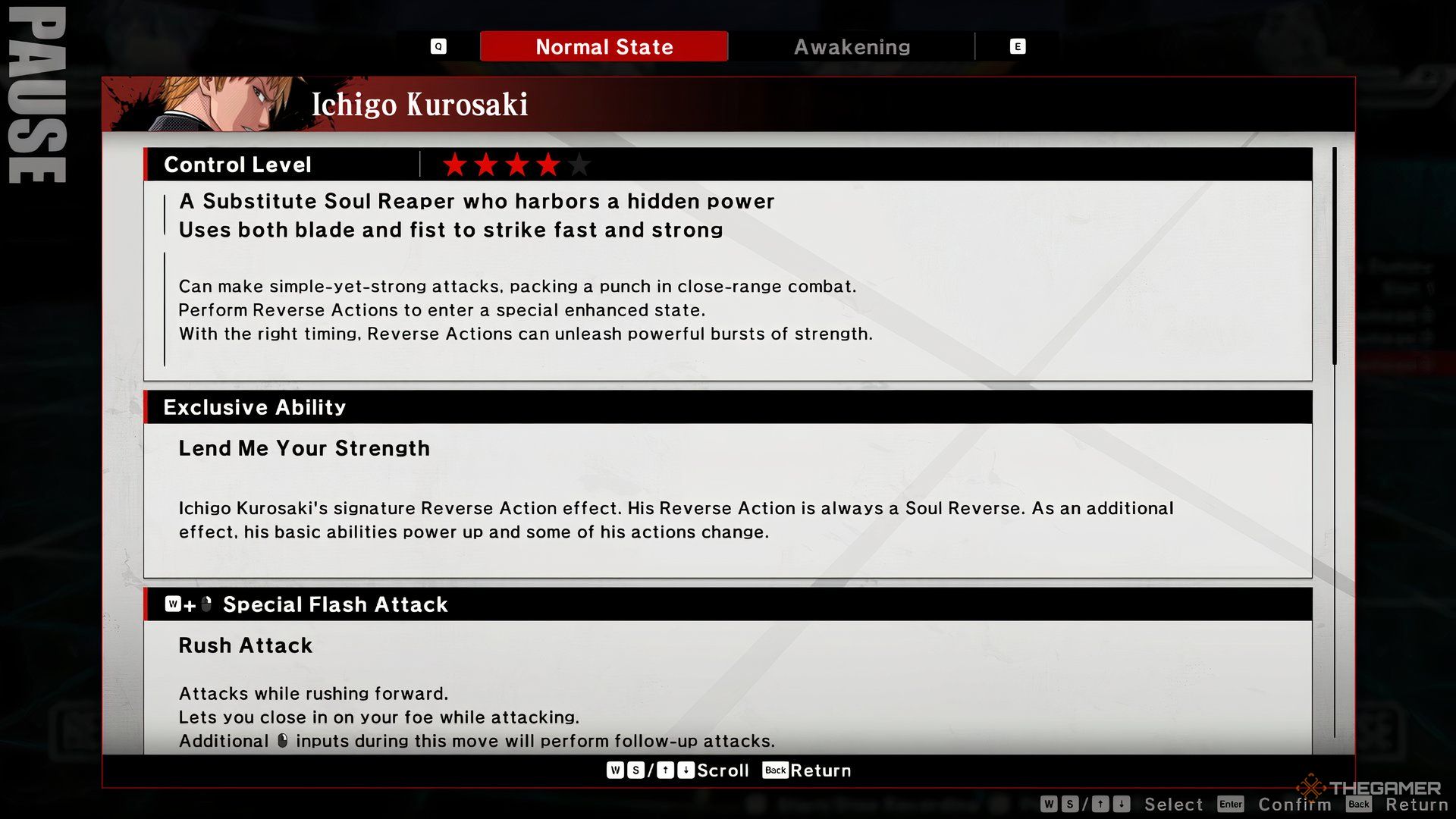
0 Comments